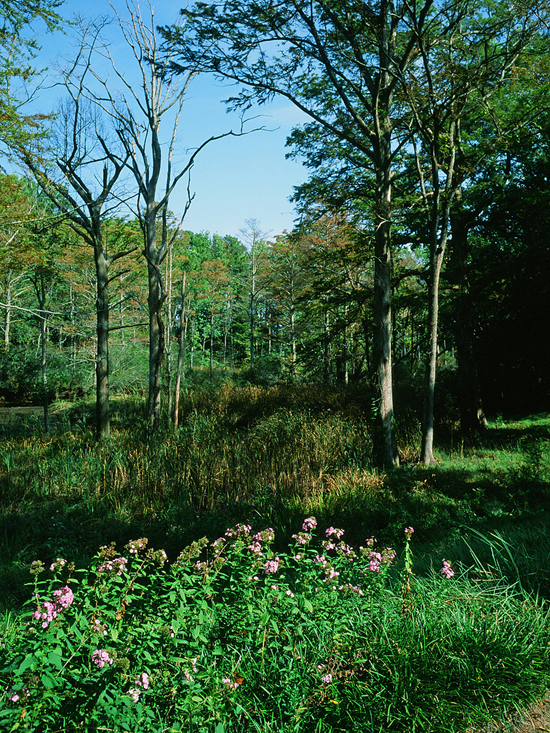Tributary Tuesday: Chuckatuck Creek (Isle of Wight County, Virginia)
Chuckatuck Creek and its surrounding Lone Star Lakes offer abundant fishing and a rich local history.
Ask any local about the 12 odd-shaped “Lone Star Lakes” in southern tidewater Virginia, and you’re bound to hear some fish stories about crappies, bluegill and catfish. Although these lakes were originally dug out to excavate marl (minerals such as clay and limestone), they now provide abundant fishing for enthusiasts, as well as drinking water for the nearby city of Suffolk.
Crane Lake is rumored to be the most fruitful of the Lone star Lakes, perhaps because it’s connected to Chuckatuck Creek, a 13-mile-long stream that parallels the Nansemond River before flowing into the James River. During high tide, salt water spills into the lake, sometimes sending croaker, big stripers and flounder into the hands of lucky fisherman.
Native Americans also fished in these waters; Chuckatuck Creek was a valuable resource for the Nansemond tribe. But when Englishmen arrived in the early 1600s, they robbed the tribe’s corn and burned their homes and canoes. This was the beginning of hostility between the communities, and resulted in the Nansemond tribe losing its last reservation lands in the late 1700s. Today, most Nansemond Indians still live in the Suffolk/Chesapeake area.
In the first half of the twentieth century, Chuckatuck Creek was packed with boats. Watermen made a living from harvesting oysters, fish and crabs, and taught their sons their craft for generations. Families visited one another via watercraft, depending on each other when there was little to catch.
Today, a decline in oyster populations has left few generational watermen on the Chuckatuck. Nevertheless, the creekside villages of Crittenden, Eclipse and Hobson still possess a small-town ambience, with close-knit residents and colorful local folklore.

(Image courtesy Tom Powell/Flickr)
More from Chuckatuck Creek:
- The watermen culture of Chuckatuck Creek’s villages is captured in The River Binds Us, published by the Crittenden Eclipse Hobson Heritage Foundation.
- Local teachers are integrating studies about the Chuckatuck Creek and Nasemond River into their curricula.
- Volunteer with the Nansemond River Preservation Alliance to help bring oysters back to the creek and the river.
- Learn more about efforts to capture and preserve the stories of Chuckatuck’s small villages.

Comments
It is a shame the article did not identify this area as Nansemond Indian aboriginal territory, instead of using a generic term for them. The Nansemond Indians are alive and well, a historic state recognized tribe in Virginia, and trying to obtain some of the land on these waters that were their original home!
If you need help with information on Chesapeake Bay American Indian history, please contact me. NPS Chesapeake Bay Office and the Chesapeake Cnservancy will give you a reference if you need one. Thanks!
Thank you!
Your comment has been received. Before it can be published, the comment will be reviewed by our team to ensure it adheres with our rules of engagement.
Back to recent stories